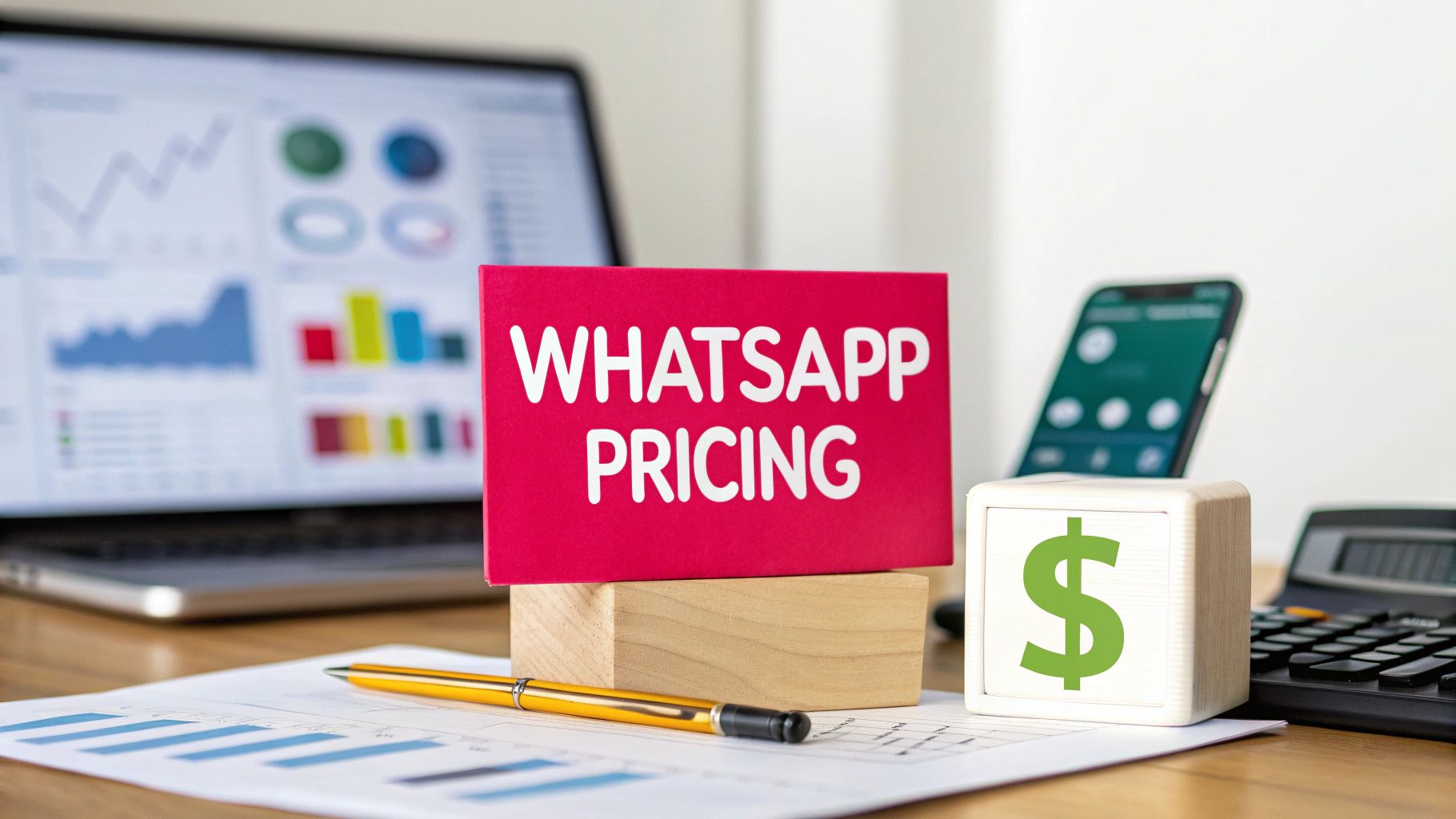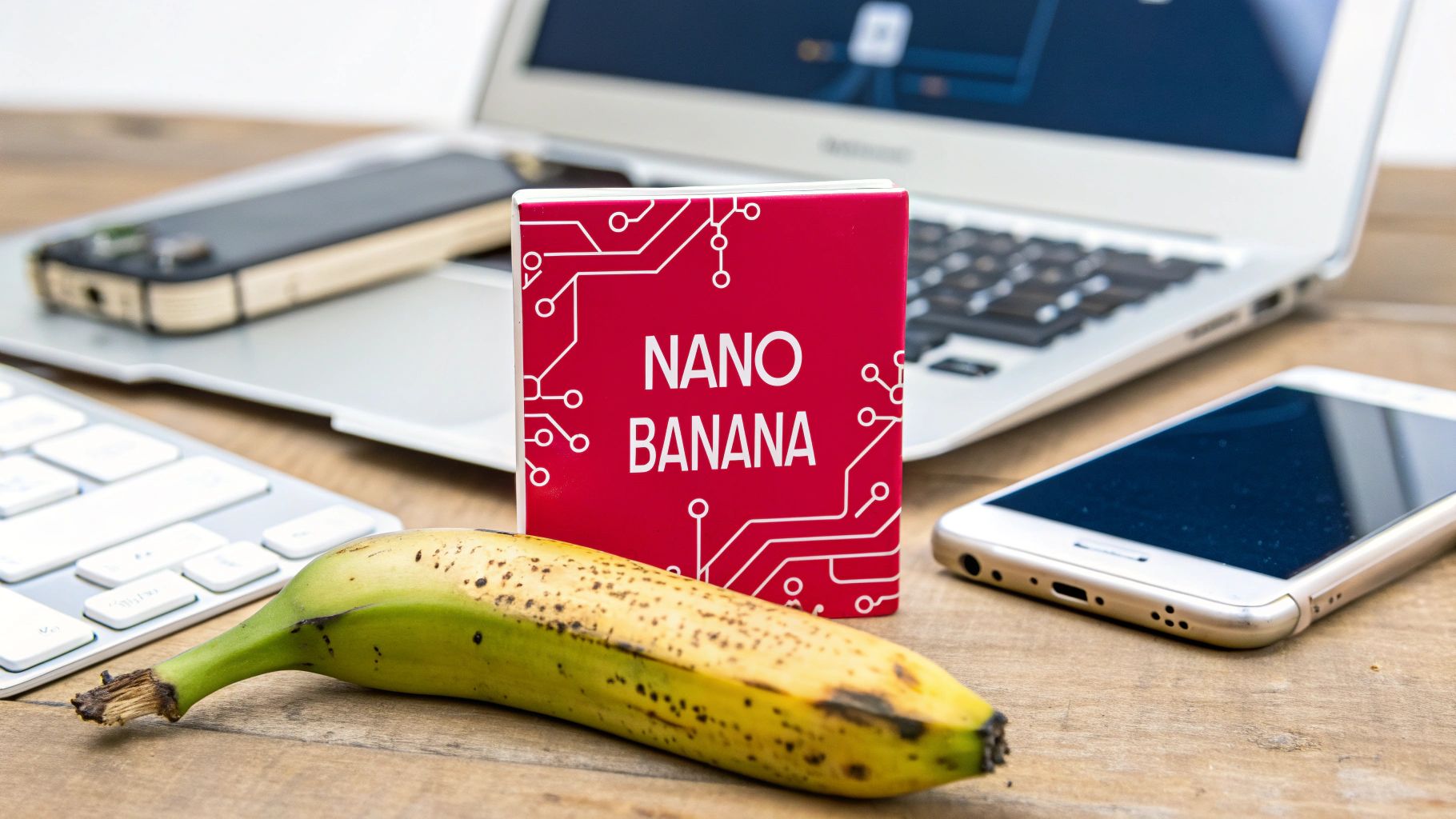One of the biggest misconceptions about the WhatsApp Business API is that you pay a flat monthly fee. That’s not how it works. Instead, your costs are calculated per conversation, with the price changing depending on who starts the chat and why. This pay-as-you-go model gives you a ton of flexibility, as your total bill simply reflects how much you're actually using the platform to talk to customers.
Understanding The Shift In WhatsApp API Pricing
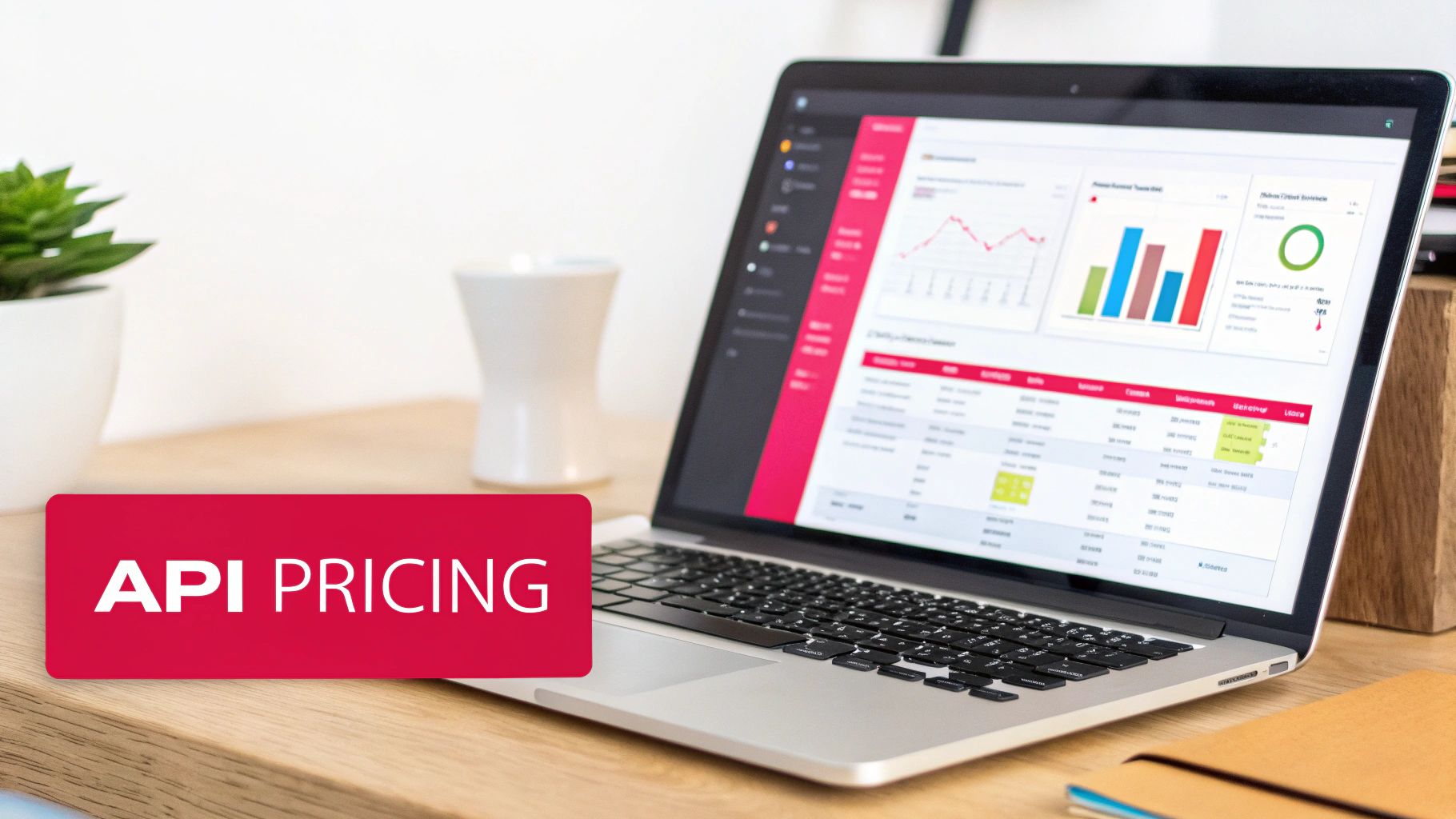
To get a real handle on your potential costs, you first need to understand a fundamental change Meta made. They moved away from an older, notification-based model and adopted a much more practical conversation-based pricing structure. The goal was to give businesses a clearer, more predictable way to track their communication spending.
So, what exactly is a "conversation"? It's any messaging session with a user that takes place within a 24-hour window. This session kicks off the moment you either send the first message to a customer or reply to a message they sent you. Every single message—back and forth—that happens inside that 24-hour period is bundled into that single conversation and comes with a single charge.
This system puts you in the driver's seat of your budget. Imagine a customer has a complex support issue that requires a dozen messages to resolve. As long as that entire exchange happens within the 24-hour service window, it’s all covered by one fee. It’s a smart way to encourage businesses to be thorough and helpful without worrying about every single message adding to the bill.
The Four Billable Conversation Categories
At the heart of WhatsApp API pricing are four distinct categories. The type of conversation is determined by the very first message sent, and that category sets the price for the entire 24-hour session.
- Marketing Conversations: These are proactive, business-initiated messages meant to drive engagement or sales. Think promotional offers, new product announcements, or sending out a seasonal discount code.
- Utility Conversations: These are also initiated by the business, but they relate to a specific transaction the customer has already agreed to. Common examples include order confirmations, shipping updates, and appointment reminders.
- Authentication Conversations: This category is all about security. Businesses use these to send one-time passcodes to verify a user’s identity, usually during a login attempt or account recovery.
- Service Conversations: This is the only category initiated by the user. When a customer reaches out to your business with a question or problem, the entire 24-hour session is classified as a service conversation.
Here's the key takeaway: The category is locked in by the first message. If a customer starts a service conversation, and you reply with a marketing offer inside that same 24-hour window, you won't get hit with a separate marketing conversation charge. It's all part of the original service conversation.
This structure is designed to tie your costs directly to your business goals. Proactive marketing has a different value—and price point—than reactive customer service. Getting to know these four categories is the first and most important step toward mastering your WhatsApp API pricing and making sure there are no surprises on your monthly invoice.
How Conversation Categories Define Your Costs
Your final bill for the WhatsApp API really boils down to the kinds of conversations you're having with customers. To get a handle on your budget and avoid any surprise charges, you need to understand the four distinct categories: Marketing, Utility, Authentication, and Service. Each one has a different job, and as you might guess, a different price tag that changes depending on the country.
Let's unpack what each one actually looks like with some real-world examples.
Marketing Conversations
Think of these as any message you send to kickstart a sale or promote your brand. If you're the one reaching out to get customers interested in a product or service, you're in marketing territory.
- Promotional Offers: "Don't miss out! Get 25% off all electronics this weekend. Shop now."
- Product Announcements: "Great news! Our new line of summer apparel has just arrived."
- Re-engagement Messages: "We've missed you! Here’s a special code for 10% off your next purchase."
Utility and Authentication Conversations
These are also initiated by your business, but they're transactional, not promotional. Utility messages are all about a specific action a customer has already taken, while Authentication is purely for verifying identity.
- Utility Example: An airline sending a flight reminder or a retailer sending a shipping confirmation with a tracking number.
- Authentication Example: A bank sending a one-time passcode (OTP) when a user tries to log in.
The real difference here is intent. A utility message supports an existing transaction, like "Your order #12345 has been shipped." A marketing message is trying to spark a new one. Getting this classification right is absolutely crucial for managing your WhatsApp API pricing.
Service Conversations and Free Entry Points
Service conversations are unique because they're the only ones started by the customer. When someone messages you for help or with a question, that entire 24-hour exchange falls under a single service conversation, which is typically your cheapest option.
This is all part of a major shift in how the platform charges for its service. The WhatsApp Business API pricing moved from a general conversation-based system to a more specific per-template message model. This change makes customer support much more affordable, and in many cases, service conversations are now free. For businesses in places like the UAE, where high digitization is driving API adoption, this structure is a game-changer for managing communication costs. You can dig into a detailed breakdown of how this new pricing affects businesses in the UAE.
Better yet, you can sometimes open a conversation window for free. When a user starts a chat from a Click-to-WhatsApp ad or a Facebook Page call-to-action button, you get a generous 72-hour window of free messaging. During this time, you can send any type of message—even marketing templates—without being charged for the conversation, which is a fantastic way to maximize your return on ad spend.
The Hidden Costs Of Business Solution Providers
Getting a handle on Meta's conversation fees is just the first piece of the puzzle. The total WhatsApp API pricing you’ll actually pay is hugely impacted by your choice of a Business Solution Provider (BSP). These are the official partners that build the software and infrastructure you need to connect to the API.
Think of it this way: Meta provides the raw engine, but the BSP gives you the car built around it—the dashboard, the support team, and all the extra features. You can't just hook into the API on your own unless you have serious in-house technical chops. For nearly everyone else, a BSP is the only way to go. They take care of the tricky setup, give you a user-friendly platform to manage messages, and offer support when you hit a snag. But that convenience isn't free, and their fee structures can be wildly different.
Decoding BSP Fee Structures
Chasing the lowest advertised price for a BSP is a classic mistake that can end up costing you more. You have to dig into their entire pricing model to see the real cost. BSPs typically layer their own fees on top of Meta's, and these can include a few different charges.
Keep an eye out for these common fees:
- Setup Fees: A one-off charge to get your account live and running. Not every BSP charges this, but many do.
- Monthly Platform Fees: A flat, recurring fee just to use their software, whether you send one message or a million.
- Per-Conversation Markups: This is the big one to watch. Many BSPs add a small percentage or a fixed amount to every single conversation fee Meta charges you.
The real challenge is that these fees aren't always transparent. A BSP might hook you with a low monthly fee, only to make up for it with a high markup on each conversation. For any business with a decent message volume, those markups can add up incredibly fast.
To see how this plays out, take a look at the chart below. It shows how different plans can dramatically change your total spend.
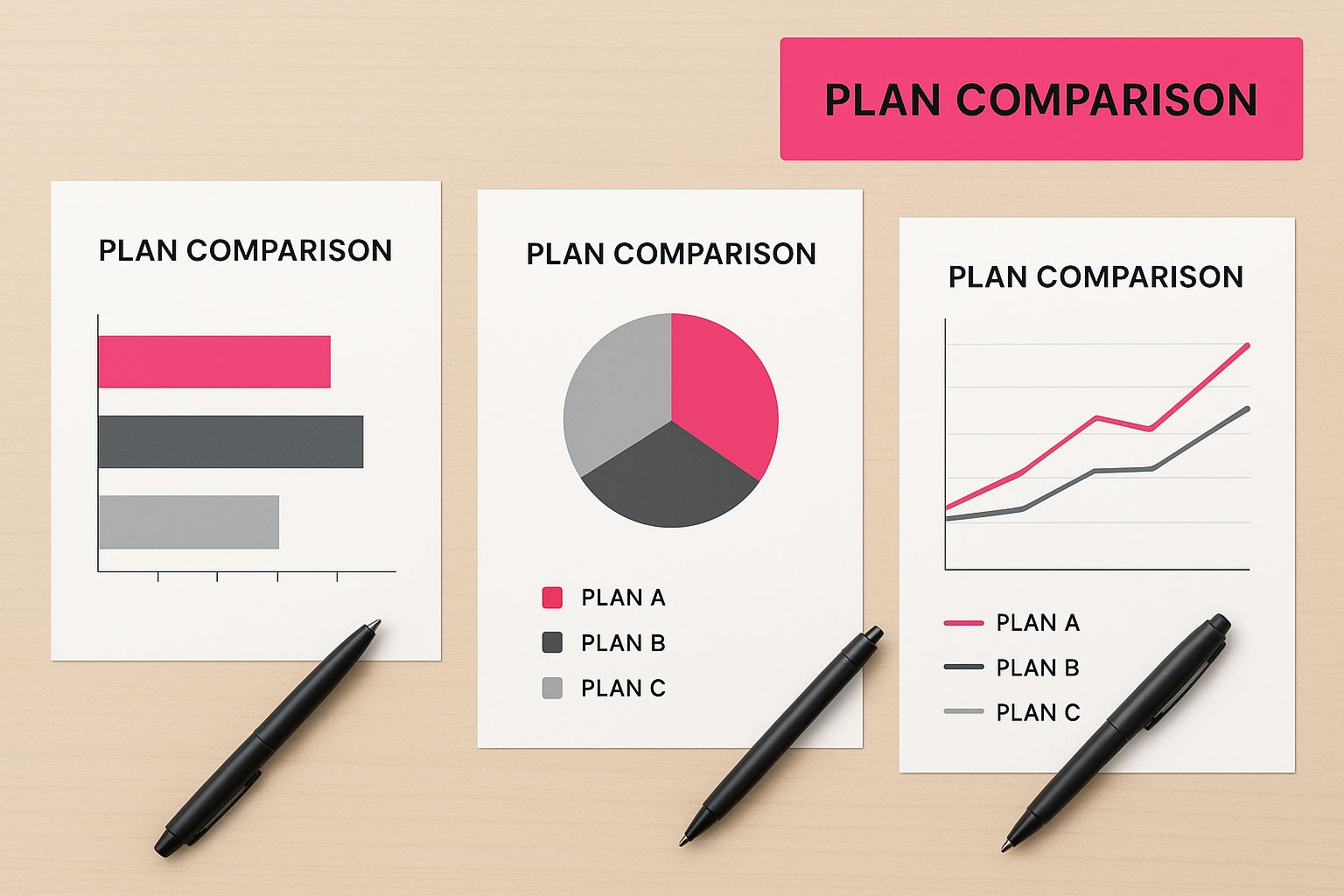
As you can see, a plan with zero monthly fees looks great on the surface. But if your message volume grows, the per-conversation markups could mean you end up paying far more than you would with a plan that has a predictable monthly cost.
To make this clearer, let's compare how different types of BSPs might structure their fees.
Comparative Analysis of BSP Pricing Models
This table breaks down the typical fee structures you might encounter from different tiers of Business Solution Providers. It's designed to show how your total costs can fluctuate based on the provider's model, even if Meta's underlying charges are the same.
| Fee Type | Low-Cost BSP (Example) | Mid-Tier BSP (Example) | Enterprise BSP (Example) |
|---|---|---|---|
| Setup Fee | $0 – $50 | $50 – $250 | $500+ (often customized) |
| Monthly Fee | $0 – $25 | $50 – $150 | $300+ |
| Per-Conversation Markup | $0.005 – $0.01 | $0.001 – $0.003 | Often $0 (included in monthly fee) |
| Included Conversations | None | 1,000 – 5,000 | 10,000+ or custom |
| Key Feature | Basic messaging interface | CRM integrations, analytics | Advanced automation, dedicated support |
What this table illustrates is that there's no single "best" model. A small startup might save money with a low-cost BSP, whereas a large enterprise gains more value from the all-inclusive features and support of a premium provider, even with a higher monthly fee.
Looking Beyond The Price Tag
The cheapest BSP is almost never the best one for your business. Your decision needs to be a balance between the cost and the actual value you're getting. Look at what’s included in the fee. Do they offer solid analytics, easy CRM integrations, or 24/7 tech support? A slightly more expensive provider that saves your team hours of manual work by integrating smoothly with your existing tools will deliver a much higher return.
This is where you have to think about your operational needs and how they tie into your bigger financial picture. Understanding the customer acquisition cost formula can help you see exactly how these BSP expenses fit into your overall marketing and sales budget.
For example, by mid-2025, WhatsApp's global shift to a per-message pricing model has become standard, forcing companies in places like the UAE to rethink their marketing budgets. This model charges for delivered template messages (marketing, utility, etc.), with costs varying by category, country, and volume. In a market like the UAE with high social media usage, optimizing these messages is critical. Third-party platforms, or BSPs, often add their own fees, which can range from 0% to 23%, directly inflating the total cost of a WhatsApp campaign. For a deeper dive into this pricing model, platforms like WANotifier.com offer detailed insights. Ultimately, a winning strategy demands precise budgeting that accounts for both Meta's rates and the layered fees from your chosen BSP.
Why Regional Pricing Differences Matter
One of the biggest factors that will shape your total WhatsApp API bill is geography. Meta doesn't use a one-size-fits-all price list. Instead, WhatsApp API pricing is broken down country by country. This means the exact same marketing message sent to a customer in Brazil will have a very different price tag than one sent to someone in the United Kingdom or the United Arab Emirates.
This isn't random. These price variations usually line up with local economic conditions, how mature the market is, and what the competition looks like. For any business with an international footprint, ignoring these differences is a surefire way to blow your budget. A campaign that’s a runaway success in a low-cost country could easily become a money pit in a more expensive one.
Strategic Implications of Regional Costs
Getting a handle on these price swings is fundamental to building a smart, cost-effective global communication plan. It pushes you to think beyond a universal strategy and instead tailor your tactics to the financial reality of each market you operate in. For example, in a high-cost area, you might need a much more precise marketing approach, zeroing in on only the most valuable customer segments to guarantee a positive ROI.
On the flip side, a lower-cost region can be a great place to experiment and engage more broadly. You could test out different types of campaigns or send messages more frequently without the same financial pressure.
The real takeaway here is that regional pricing should directly influence your customer engagement strategy. You can't have a uniform budget for customer acquisition and support on WhatsApp if your costs aren't uniform. This demands a more granular approach to both your spending and your campaign planning.
By late 2024, the WhatsApp Business API had become a cornerstone for businesses in the UAE, fitting perfectly with the country's push for digital transformation. The pricing for service, authentication, and utility messages, with its region-specific rates, has been especially helpful. As you can discover more insights about WhatsApp pricing in the UAE, these tailored costs allow local companies to keep a lid on operational expenses while strengthening customer relationships through automated, integrated messaging.
A Clear Look at Regional Price Gaps
To really see how much these prices can vary, let’s look at what different conversation types might cost across a few key markets. The table below isn't set in stone—rates can and do change—but it paints a clear picture of why a global strategy needs to be built on local pricing knowledge.
Sample WhatsApp Conversation Costs By Region (USD)
| Conversation Type | United Arab Emirates | United Kingdom | India | Brazil |
|---|---|---|---|---|
| Marketing | $0.0826 | $0.0705 | $0.0099 | $0.0625 |
| Utility | $0.0382 | $0.0353 | $0.0042 | $0.0350 |
| Authentication | $0.0344 | $0.0317 | $0.0038 | $0.0315 |
| Service | $0.0279 | $0.0212 | $0.0033 | $0.0175 |
As you can see, a single marketing conversation in the UAE costs over eight times more than the same conversation in India. For any company trying to reach customers in both places, that cost difference is a massive strategic factor. It's also a great example of why optimizing your local SEO in Dubai is so critical—you have to make sure every dollar spent in a high-cost region is hitting the most relevant, high-intent audience possible.
Practical Use Cases To Maximize Your ROI

Getting a handle on the different fees tied to the WhatsApp API pricing is just the start. The real magic happens when you put that knowledge into practice to get a real return on your investment. Just having the API isn't a silver bullet; you need to tie its features directly to your business goals so that every dirham you spend is actively working for you.
This is all about moving from theory to real-world application. By thinking strategically about which conversation types to use and when, you can build powerful, cost-effective systems for customer support, marketing, and crucial notifications. Let’s break down how to apply this pricing knowledge in some practical situations.
Cost-Effective Customer Support
One of the most immediate ways to see value from the API is by supercharging your customer support without letting costs spiral. The secret here is to get as much mileage as possible out of user-initiated service conversations. These are the cheapest type and are often free within your first 1,000 conversations each month.
The trick is to encourage customers to message you first. Make it incredibly easy for them by placing your WhatsApp QR code or click-to-chat links everywhere they look:
- On your website's contact page and in the footer.
- Inside your email signatures.
- Printed on product packaging or displayed on in-store signage.
Once a customer starts a chat, a 24-hour window opens up, giving you time to solve their problem for a single, low fee. This model naturally encourages you to resolve issues on the first contact. When you train your support team to be thorough and efficient within this window, you not only dodge extra follow-up costs but also give your customer satisfaction scores a serious boost.
High-Impact Marketing Campaigns
Marketing conversations carry the highest price tag, so you need to be smart and deliberate about how you use them. Simply blasting a generic promotion to your entire contact list is a surefire way to burn through your budget with little to show for it. Instead, zero in on high-value customer segments with personalized messages that actually stand a chance of converting.
Think about these kinds of scenarios:
- Abandoned Cart Recovery: A timely nudge to a customer who left items in their cart can be incredibly effective. The potential sale almost always justifies the higher cost of that single marketing message.
- VIP Customer Offers: Let your most loyal customers know about an exclusive sale or give them early access to new products. This builds an even stronger connection and drives immediate sales.
- Personalized Product Recommendations: Use a customer's purchase history to suggest things they'll actually want. A message like, "Since you loved our running shoes, you might like our new performance socks," will always outperform a generic broadcast.
A successful WhatsApp marketing strategy isn't about how many messages you send; it's about precision. The aim is to ensure the potential return from each campaign is much greater than the cost of the marketing conversations. A well-planned campaign can deliver engagement rates that leave email and SMS in the dust.
For a more in-depth look at calculating and boosting your return from automation, including API usage, check out this detailed guide to maximizing automation ROI.
Efficient Transactional Notifications
Utility conversations are the perfect sweet spot between low-cost support and pricier marketing. While they are initiated by your business, they come with a lower fee because they relate to a transaction the customer already made, providing them with essential information.
Use utility messages for critical, non-promotional updates that your customers will appreciate:
- Order confirmations and digital receipts.
- Shipping alerts complete with tracking information.
- Appointment reminders and schedule updates.
These messages are a win-win. They improve the customer experience by offering transparency and peace of mind, which in turn cuts down on inbound support questions. When customers are kept in the loop, they're far less likely to start a service conversation asking, "Where is my order?" This doesn't just save you money on potential service fees—it builds lasting trust.
By blending these strategies, you can build a comprehensive plan that makes every dollar count. To see how these tactics can be woven into a larger strategy, read our guide on effective WhatsApp marketing.
Choosing The Right Plan For Your Business
Picking the right WhatsApp API plan isn't just about finding the cheapest option. It’s a careful balance of your current needs, your budget, and where you see your business heading. The best decision comes from an honest look at your company's real-world requirements.
Start with your message volume. A local shop sending a couple hundred messages a month has a completely different set of needs than a national retailer handling thousands of customer chats every day. Your primary goal is just as crucial. Are you focused on driving sales with marketing blasts, or is your main priority providing lightning-fast customer support? A marketing-heavy approach might make a higher monthly fee worth it if it comes with lower per-conversation costs, while a support-centric team will want to maximize those free service conversations.
Key Evaluation Questions
Before you even look at a pricing page, you need to answer a few key questions. Think of this as building a framework for your decision—it will immediately help you filter out the providers that aren't a good fit.
-
What’s our real monthly message volume? Be honest here. A starter plan is perfect if you’re just getting your feet wet, but if you're growing fast, you need a plan that won't penalize you with outrageous fees as your volume scales.
-
What are we actually using this for? If it’s all about marketing, then the cost of those marketing conversations is your most important number. If you’re all in on customer service, you should hunt for a BSP with minimal or no markups on the much cheaper service conversations.
-
What do we need on the technical side? Does your team need a simple, ready-to-go solution, or are you looking for deep API access to plug into your existing CRM? A more expensive, feature-packed BSP might actually save you money in the long run by cutting down on developer hours.
-
What's our total budget? This is bigger than just the per-message fee. You have to account for any setup costs, recurring monthly platform fees, and hidden markups to truly understand the total cost. Getting a clear picture of the full WhatsApp API pricing is the only way to budget accurately.
A classic mistake is picking a plan that’s perfect for today but will become a financial bottleneck in six months. Always look for a provider that gives you a clear and affordable path to scale up.
Going through this process will quickly narrow down your choices. For a detailed breakdown of how different packages and tiers are structured, you can check out Spurnow's official pricing page to see some real-world examples.
When you align your message volume, strategic goals, and budget, you can invest with confidence in a platform that will support your business both now and as it grows.
Common Questions About WhatsApp API Pricing
Getting a handle on WhatsApp Business Platform costs can be a bit tricky at first. Let's break down some of the most common questions people have so you can get a clear picture of how it all works.
What's the Real Difference Between the API and the Business App?
Think of it in terms of scale and purpose. The free WhatsApp Business App is perfect for a small shop owner managing customer chats from a single phone. It's a simple, direct tool for one-on-one conversations.
The WhatsApp Business API, on the other hand, is built for medium to large businesses that need more firepower. It's designed to handle a high volume of messages, integrate with your existing CRM like HubSpot, and deploy automation like chatbots. This isn't a free service; it operates on the conversation-based WhatsApp API pricing model.
The core distinction is scale. The app is for one person handling things manually, while the API is for automated, high-volume communication that plugs into your entire business.
Do I Get Any Free Messages with the API?
Yes, Meta offers a couple of nice perks. Every single WhatsApp Business Account (WABA) gets 1,000 free service conversations every month. These are conversations started by your customers when they message you for help.
There's also a great incentive for using Meta's ads. When someone clicks on your Click-to-WhatsApp ad or a Facebook Page call-to-action button, the entire conversation that follows is free for a 72-hour window. During this time, you can send any message you want—even marketing templates—without being charged.
Is It Mandatory to Use a Business Solution Provider (BSP)?
Technically, no. A skilled developer could connect directly to Meta's Cloud API. However, for the vast majority of businesses, partnering with a Business Solution Provider (BSP) is the only practical way to go.
BSPs are the bridge that makes the API accessible. They provide the software, technical support, and pre-built integrations you need to get up and running smoothly. For anyone without a dedicated dev team, a BSP is essential. They take care of the heavy lifting and give you a simple interface to manage everything.
Ready to build a powerful WhatsApp strategy without the guesswork? Grassroots Creative Agency specializes in creating data-driven marketing campaigns that deliver real results. We'll help you navigate the complexities of WhatsApp API pricing to maximize your return on investment. Let's create something bold together.
